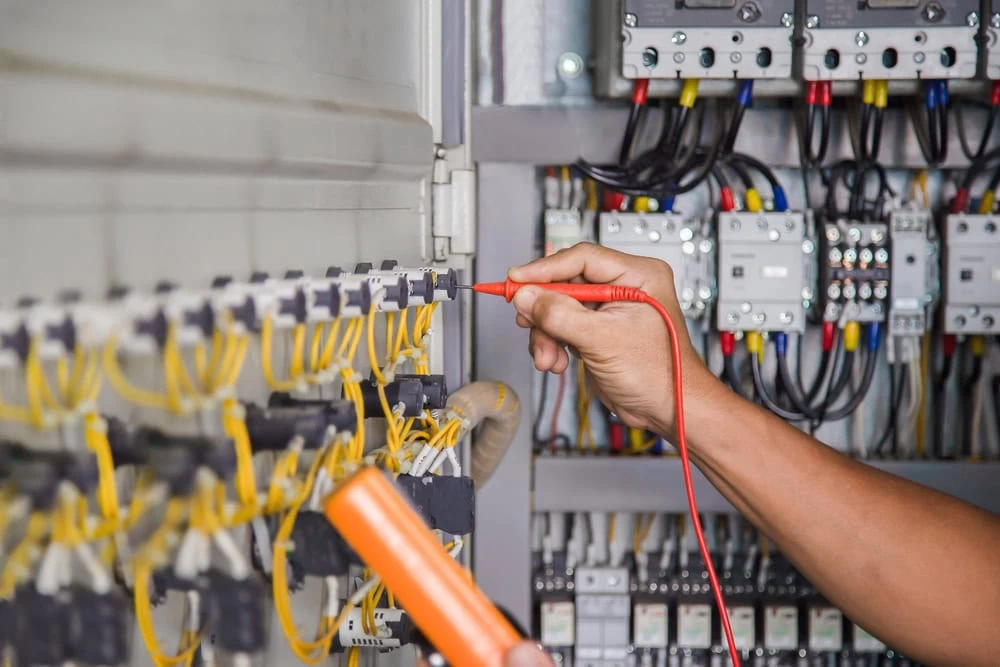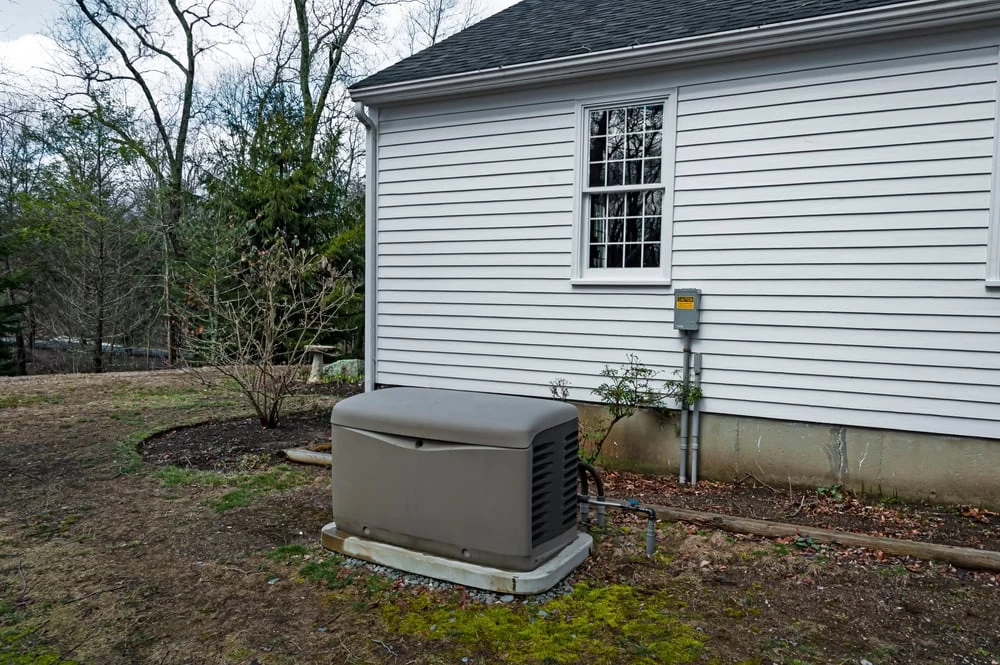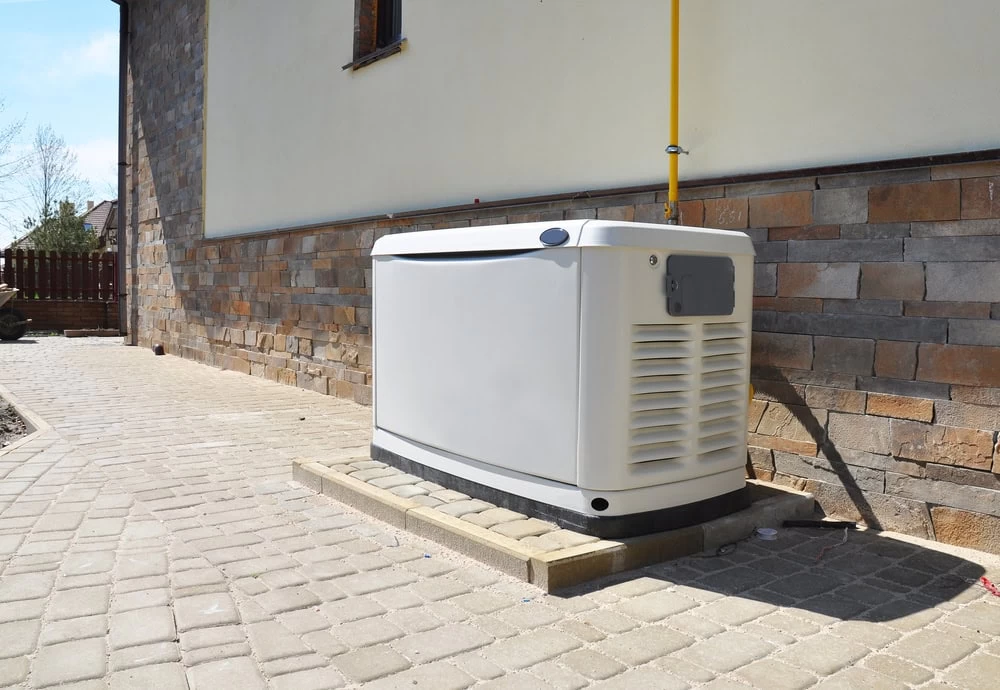Summary:
DIY Electrical Mistakes That Kill and Destroy Property
Electrical current follows unexpected pathways when connections are improper, creating ground faults that energize metal fixtures, outlets, and appliances with lethal voltage. DIY installations commonly reverse hot and neutral wires, eliminating safety shutoffs that prevent electrocution when appliances malfunction. Improper wire connections using twist-on connectors instead of proper splice methods create resistance that generates 1,000°F+ temperatures inside walls where you can’t detect overheating until fires start. Home electrical systems require 12-14 gauge copper wire rated for specific amperage loads—using wrong wire sizes causes insulation breakdown that creates fire hazards within 6-18 months. Professional electricians use torque specifications and thermal compound on connections, preventing the loose joints responsible for 67% of electrical fires, while DIY work relies on “hand tight” connections that loosen over time from thermal cycling.
Code Violations That Cost Thousands in Corrections
Taylor County electrical codes specify exact installation requirements that protect lives—GFCI outlets within 6 feet of water sources, AFCI breakers in bedrooms, and proper grounding methods using #12 ground conductors. Violating these codes results in immediate correction orders plus fines, while insurance companies deny claims when non-compliant installations contribute to accidents. Professional correction of DIY violations costs 200-400% more than original professional installation.
Insurance Investigations That Void Your Coverage
Insurance adjusters use electrical engineers to investigate every fire claim, identifying unpermitted work through wire marking analysis and installation method examination. Even if DIY work didn’t cause the fire, unpermitted electrical modifications void entire policies, leaving you liable for complete damage costs plus temporary housing expenses averaging $15,000-25,000 during reconstruction.
Professional Installation That Protects Your Investment
Licensed electricians carry $1,000,000+ liability insurance that covers property damage from installation errors, while DIY work leaves you personally liable for neighbor property damage when electrical fires spread. Professional installations include permit applications, inspection scheduling, and correction of any issues identified during official reviews—services that cost $200-400 but prevent the $2,000-8,000 fines and correction costs that result from unpermitted work discovery. Electrical permits create legal documents proving code compliance, protecting insurance coverage and property values during resale inspections. Licensed electricians use commercial-grade materials rated for 25+ year service life, while DIY installations often use residential-grade components that fail within 5-10 years, requiring complete reinstallation at full cost.
Professional Tools That Prevent Deadly Mistakes
Licensed electricians use digital multimeters, megohm meters, and phase rotation testers that verify safe installation before energizing circuits. These tools detect wiring errors that cause electrocution and fire hazards invisible during visual inspection. Professional installation includes load calculations that prevent circuit overloading, while DIY work often connects too many devices to single circuits, creating fire hazards.
Warranty Protection That Saves Money Long-Term
Professional electrical work includes 1-3 year warranties covering materials and labor, providing free correction of any installation issues that develop. Licensed electricians maintain continuing education requirements and manufacturer certifications that validate proper installation techniques. DIY installations void all equipment warranties, leaving you liable for replacement costs when improper installation damages expensive electrical panels, switches, and outlets.
Protect Your Taylor County Home with Professional Installation
DIY electrical work creates life-threatening hazards while voiding insurance coverage that protects your most valuable asset. Professional installation costs $400-1,200 more than DIY materials but prevents the $8,500+ insurance claim denials and $52,000 fire damage costs that destroy families financially. Your Taylor County home and family deserve the protection that licensed electricians offer through proper installation, code compliance, and liability coverage. Contact Hooked Up Electric today for electrical work that protects lives and preserves your insurance coverage.





